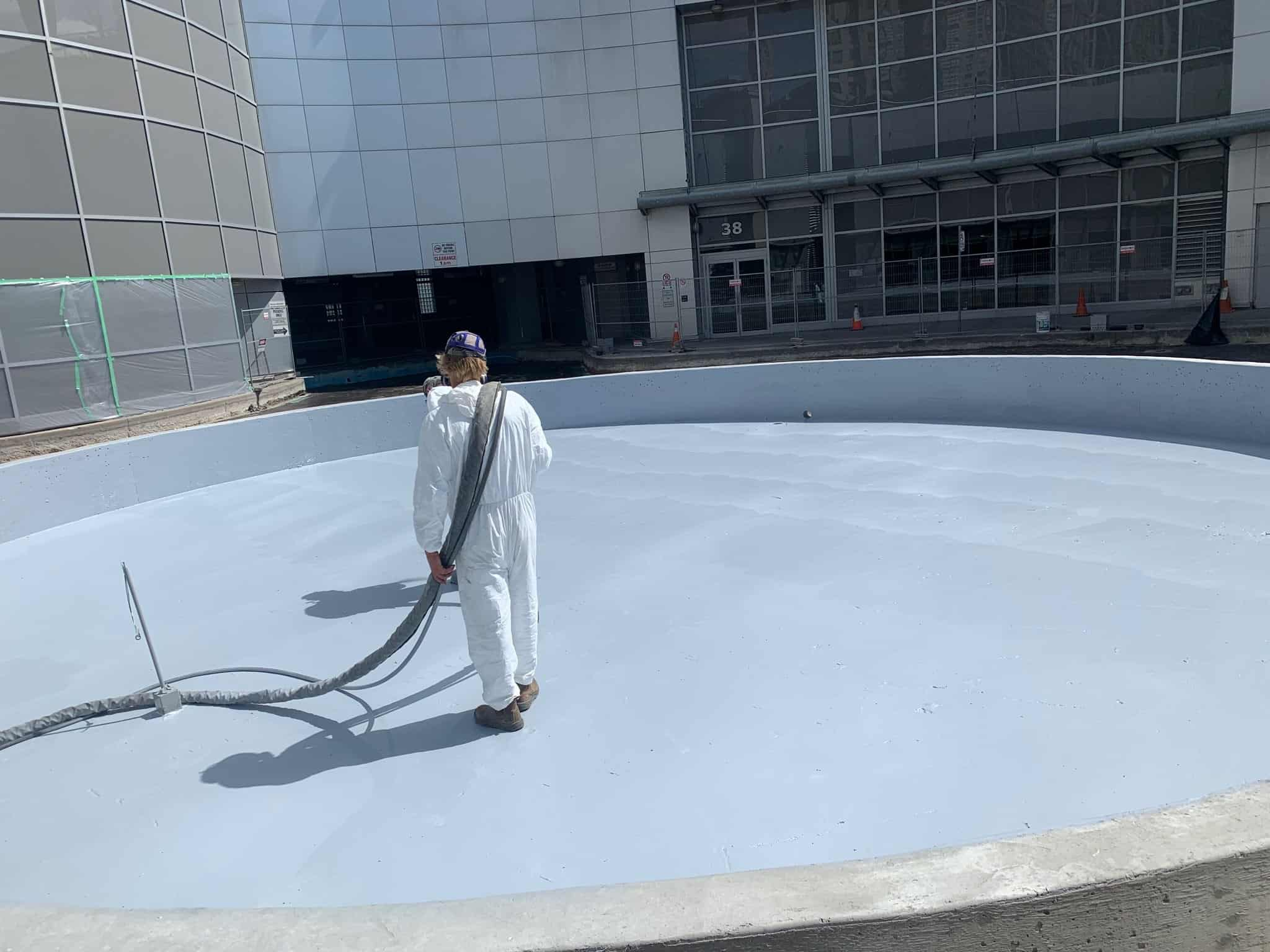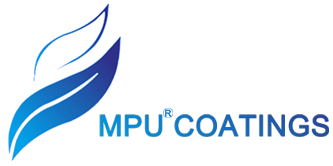
Preface
Waterproofing is one of those issues that often gets pushed to the backburner—until the damage is done. From leaking roofs to water seepage in basements and underground structures, water infiltration can lead to extensive repairs, delayed projects, and a significant financial burden. While traditional waterproofing materials such as bitumen or tar can provide temporary relief, they often fail when exposed to harsh weather, UV radiation, or extreme temperatures. If you’ve ever dealt with recurring leaks and expensive repairs, you know the need for a reliable, long-lasting solution is urgent.
Picture this: a newly constructed commercial building located in an area known for its frequent storms and heavy rainfall starts showing signs of water damage just months after completion. Despite using multiple layers of conventional waterproofing systems, the roof starts to leak, damaging the interior and delaying the grand opening. Or imagine a coastal residential building, where saltwater exposure causes severe corrosion to the parking garage. The original waterproofing system is quickly overwhelmed, and you’re left with an increasing stack of repair bills. It’s frustrating when you realize that your waterproofing solution isn’t living up to expectations, and that leaves you asking: “Is there a product that can truly stand up to these challenges for the long run?”
Enter Polyurea Coatings—a revolutionary solution that not only addresses these concerns but also delivers superior, long-lasting protection against water, UV rays, and temperature extremes. What makes our polyurea coatings different is that they are third-generation polyurea with latent curing technology, which ensures enhanced durability and resilience, even in the harshest environments. Let’s dive into why this latest innovation in polyurea coatings is the game-changer for your waterproofing needs.
What Are Polyurea Coatings?
Polyurea coatings are high-performance materials made by reacting an isocyanate with an amine compound, creating a polymer with exceptional strength, flexibility, and resistance. While traditional polyurea cures rapidly—typically within seconds—the third-generation polyurea coatings we use incorporate latent curing technology. This technology slows down the curing process slightly, but in return, it enhances the final coating’s durability and resistance to wear, chemicals, and environmental factors.
Why does this matter? The slower curing time allows the polyurea to bond more thoroughly with the substrate, forming a stronger, more cohesive layer that can stand up to physical stress, moisture, and UV damage over an extended period. This makes it a more reliable, long-term solution compared to traditional polyurea coatings, which may suffer from premature wear due to rapid curing that doesn’t allow full bonding.
Why Polyurea Coatings Are the Best Waterproofing Solution
1. Longer Cure Time for Enhanced Durability
While our third-generation polyurea coatings cure slightly slower than traditional options, this slower cure time directly contributes to greater durability. The extended curing period allows the material to bond more effectively to the surface, which enhances its resistance to physical damage, cracking, and peeling. Our clients have reported that polyurea coatings treated with latent curing technology last up to 50% longer than conventional polyurea, making them ideal for high-traffic or high-stress environments.
A recent project in an industrial warehouse showed that by using our third-generation polyurea, the facility has reduced maintenance costs by 35% over a 5-year period compared to similar buildings with standard coatings.
2. Durability in Extreme Conditions
Polyurea coatings excel in extreme conditions. Our third-generation formula is designed to withstand fluctuating temperatures, UV exposure, moisture, and even chemical exposure. A report from a manufacturing plant using our polyurea on their roofs showed that, after 10 years of exposure to chemicals and harsh weather, the coating showed only 5% wear, significantly outperforming traditional coatings, which needed reapplication every 3 years.
Polyurea coatings are often the go-to solution for exterior applications, and their ability to resist UV damage and temperature extremes makes them ideal for building facades, roofs, and industrial facilities exposed to the elements year-round.
3. Flexibility and Application Versatility
The versatility of polyurea coatings is one of their greatest strengths. They adhere to a variety of surfaces, from concrete and metal to wood and plastics, making them perfect for a wide range of applications. Because polyurea coatings form a seamless membrane, they are ideal for buildings with irregular or complex surfaces. Whether it’s a large parking garage, an industrial plant, or a residential complex, polyurea can protect against water damage, corrosion, and chemical exposure.
However, it’s important to note that while the slower cure time of our third-generation polyurea improves durability, it also means that precise application techniques are essential. The application needs to be carefully monitored to ensure an even and uniform coating, particularly for large-scale or complex projects.
4. Eco-Friendly and Safe
Polyurea coatings are 100% solids, meaning they contain no solvents or volatile organic compounds (VOCs). This makes them an environmentally friendly choice for construction and renovation projects, particularly in regions with strict environmental regulations. Not only is this better for the environment, but it also reduces health risks for workers applying the coatings.
Real-World Applications of Polyurea Coatings
1. Distribution Center in a Rain-Prone Region:
A large distribution center in a region with high rainfall and frequent thunderstorms struggled with water infiltration through its aging roof. Traditional waterproofing methods proved ineffective, and after applying our third-generation polyurea coating, the warehouse saw a 95% reduction in water-related damage. The slower cure time provided better adhesion, and the coating’s durability ensured that the roof remained protected even during the harshest weather. Over 5 years, the company saved $120,000 in repair costs due to the long-lasting effects of the polyurea coating.
2. Coastal Parking Garage in a Saltwater Environment:
A coastal city’s parking garage was plagued by saltwater corrosion, leading to rust and structural damage. After applying our third-generation polyurea coatings to the concrete and metal surfaces, the garage remained free of water damage and corrosion for over two years, even in the face of regular exposure to saltwater. The client reported a 40% reduction in maintenance costs and extended the garage’s lifespan by an estimated 15 years.
3. Office Building with Flood Risk in a Flood-Prone Zone:
An office building located in a flood-prone zone was repeatedly affected by water seepage in its underground parking area. The installation of our third-generation polyurea coating solved the issue within days, and the building has remained dry ever since. Maintenance costs have dropped by 25% in the first three years, and the building’s resale value has increased by 12% due to the added protection and improved infrastructure.
4. Industrial Facility in a High-Chemical Exposure Area:
An industrial factory, where harsh chemicals were frequently spilled on the floors and walls, applied polyurea coatings to protect the surfaces from corrosion. After 3 years, the factory reported zero chemical damage to the surfaces, and the polyurea coating continued to perform without requiring significant repairs or maintenance. This not only saved the company money but also enhanced the safety of the workplace.
5. Bridge in a Mountainous Region with Extreme Weather:
A bridge in a mountainous region, subjected to snowmelt and constant moisture exposure, was treated with our third-generation polyurea coatings to prevent rust and water infiltration. After two years, the bridge has shown no signs of wear or water damage, and the city saved 50% on maintenance costs due to the durability of the coating.
How to Apply Polyurea Coatings
While polyurea coatings are easy to apply, their effectiveness is directly linked to proper application techniques:
- Surface Preparation: Clean the surface thoroughly to remove dust, oil, or contaminants.
- Priming: Apply a primer if needed, especially on porous surfaces, to improve adhesion.
- Spraying: Polyurea is applied using specialized spray equipment to ensure even coverage.
- Curing: The coating cures within minutes, forming a waterproof, flexible barrier.
- Inspection and Maintenance: Regular inspections are essential for maintaining the coating’s effectiveness over time.
Conclusion: The Future of Waterproofing is Polyurea Coatings
If you’re looking for a long-term, reliable, and eco-friendly waterproofing solution, third-generation polyurea coatings are the answer. With latent curing technology enhancing their durability, these coatings provide superior protection against water, UV damage, and extreme weather conditions. Their application is fast, efficient, and results in long-lasting performance that reduces maintenance costs and extends the lifespan of your structures.
Polyurea coatings may not be the cheapest option upfront, but their long-term benefits make them a sound investment that will save you money over time. Whether you’re dealing with water infiltration in a warehouse, corrosion in a parking garage, or moisture issues in an office building, polyurea coatings offer the durability and performance you need for the long haul.
Ready to see the difference polyurea can make? Contact us today to learn how our advanced coatings can protect your next project for decades to come.
Reference Link:
Polyurea Waterproofing: Advantages, Applications, and Considerations
Polyurea Coatings: The Basics




